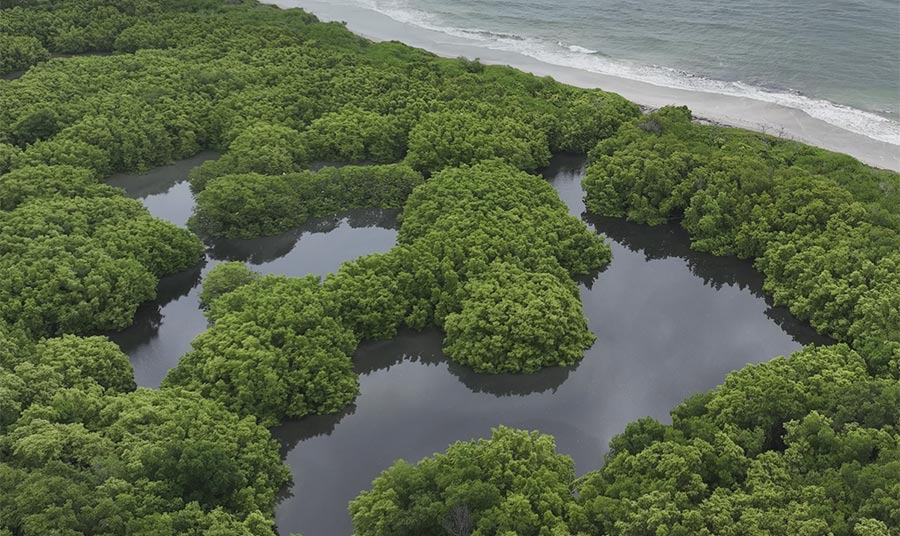The Caribbean is one of the world’s most biodiverse marine regions. The coral reefs, mangroves, and seagrass beds support a vast array of marine life such as endangered sea turtles, manatees, and sharks. The urgency of protecting Caribbean marine life and the ecosystem services that nature provides is critical due to escalating threats from climate change, overfishing, habitat destruction, and pollution.
Healthy marine ecosystems are essential for fisheries, tourism, and coastal protection, sustaining millions of people in the region. Strengthening marine protected areas, enforcing sustainable fishing practices, and reducing pollution are crucial steps in safeguarding species and ensuring the long-term resilience of the Caribbean’s marine environment.
“The Nature Conservancy’s (TNC) Caribbean Division works across 17 countries and territories—many of them are small island developing states that have very limited resources for creating their own science-based data and models,” says Dr. Steve Schill, Lead Scientist for TNC’s Caribbean Division. “Our team works to provide accurate data and decision-support tools to assist governments in prioritizing conservation actions in areas that will have the greatest impact on both biodiversity and local communities.”

A drone photo acquired over a mangrove swamp in eastern Jamaica. These mangrove provide important coastal protection, fisheries production, and carbon sequestration benefits.